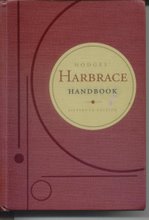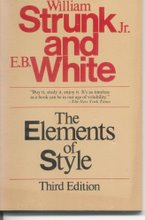From Dan Le Batard's sidebar about John Amaechi a year ago in ESPN: The Magazine: "In two decades of journalism, he's the smartest athlete I've known."
When you're writing about the first openly gay player in the NBA, it's especially important not to dangle. The sentence above features a dangling introductory phrase, easily fixed by adding "my" before "two decades." But it brings up the importance of the rule below, about dangling introductory elliptical clauses (DIEC's).
(Note to high schoolers: There are many dangler questions on the SAT.)
From Ruge Rules:
An elliptical clause is a clause from which one or more parts have been omitted.
The Rule: The understood subject of an introductory elliptical clause (IEC) must be the same person or thing as the subject of the main clause that follows. If it isn't, the elliptical clause is said to dangle.
A dangling introductory elliptical clause (DIEC): While doing my algebra, the telephone rang.
So: There are two ways to correct for a DIEC.
1) Get rid of the ellipsis by inserting the omitted parts: While I was doing my algebra, the telephone rang.
2) Rewrite the main clause so that it's subject is the same person or thing as the understood subject of the IEC. While doing my algebra, I heard the telephone ring.
This is in the Harbrace College Handbook section 25b.
N.B.,* There is nothing wrong with using IEC's; in fact, their occasional use helps achieve variety of sentence pattern.
*N.B., or n.b., is a handy abbreviation of the Latin nota bene, meaning "note well."
Subscribe to:
Post Comments (Atom)







No comments:
Post a Comment